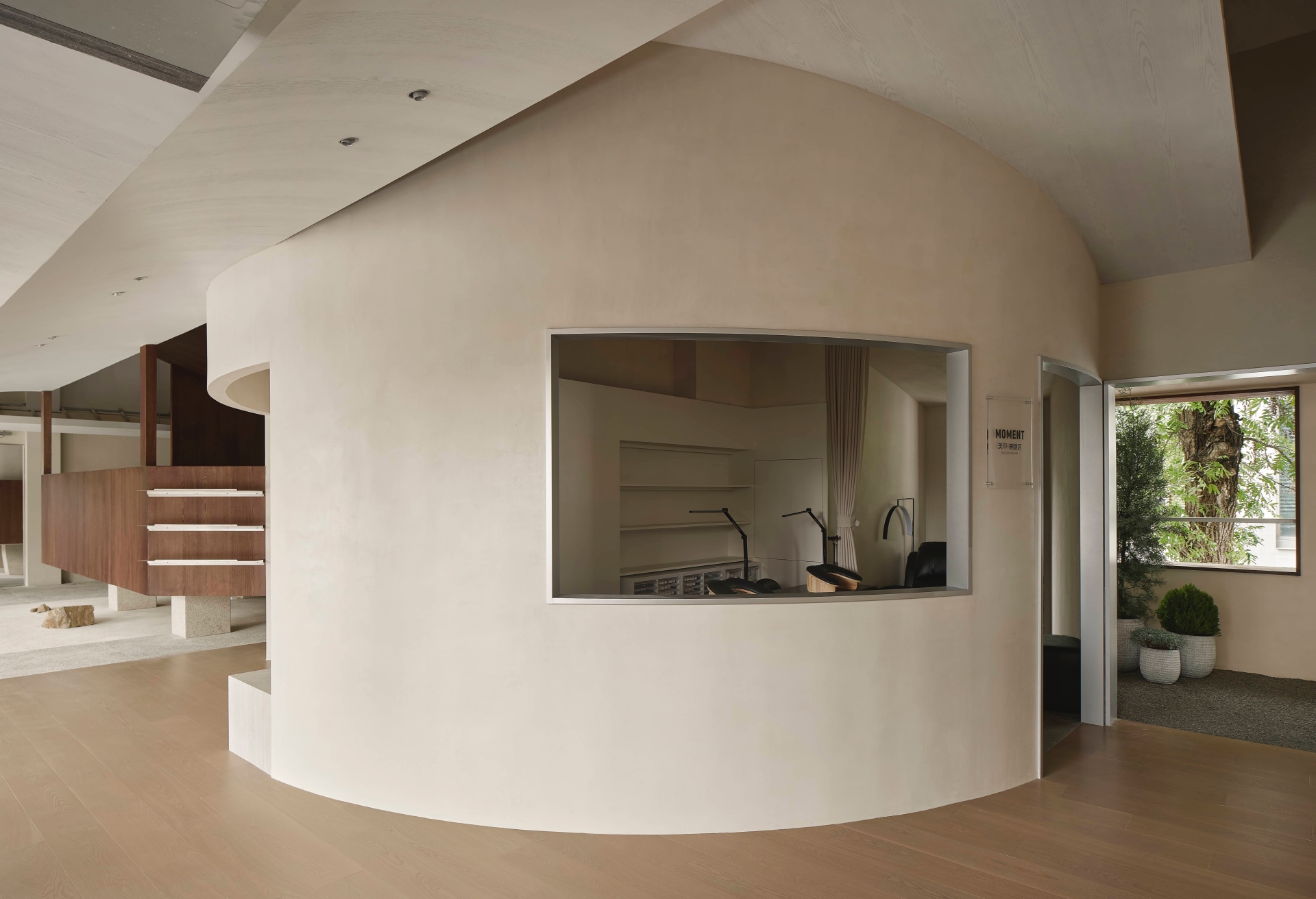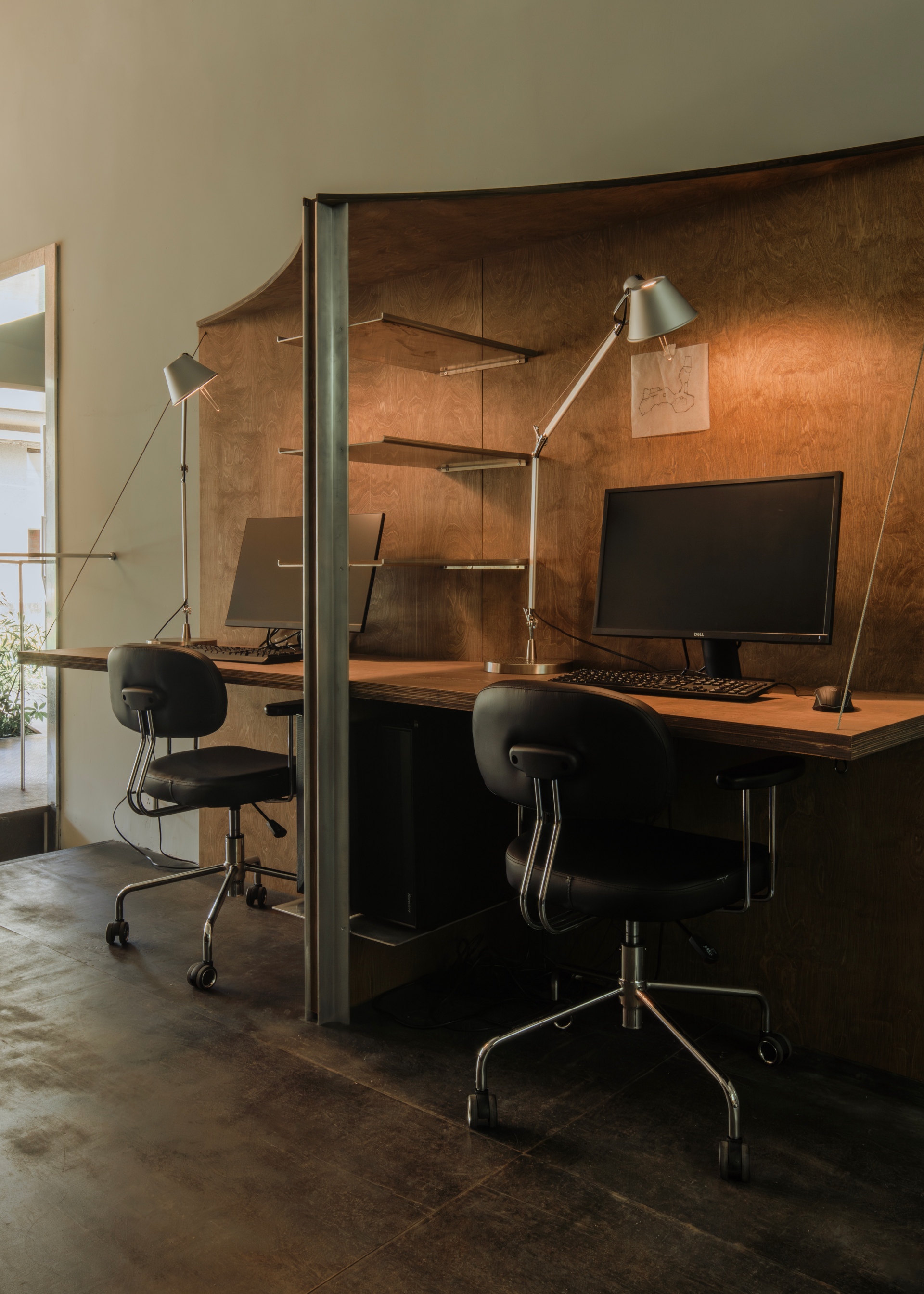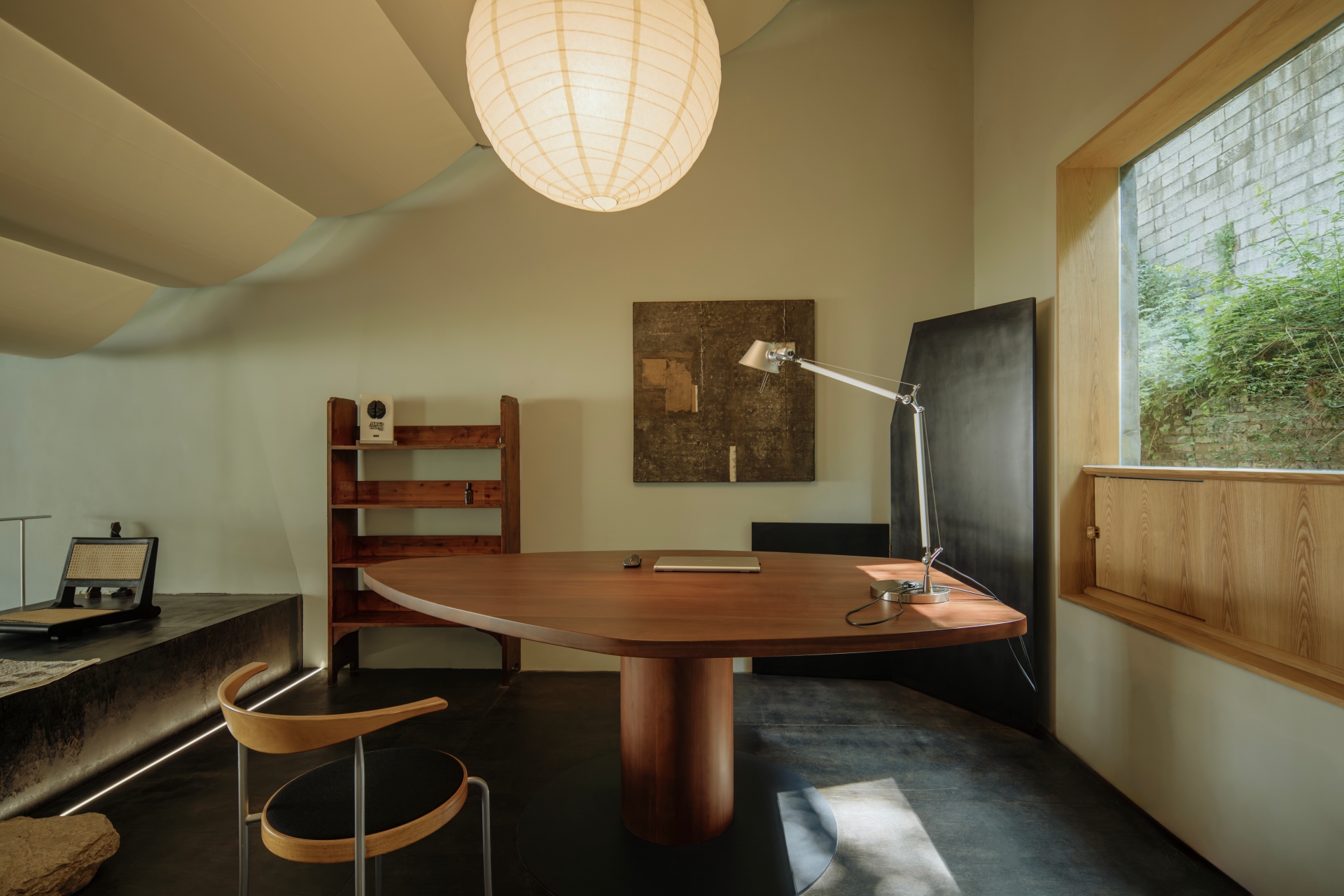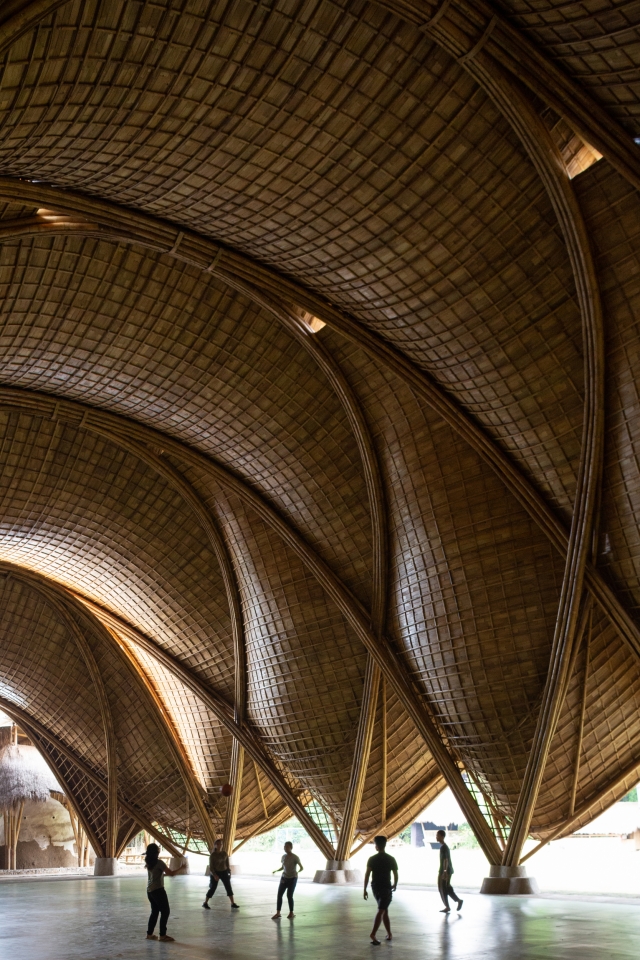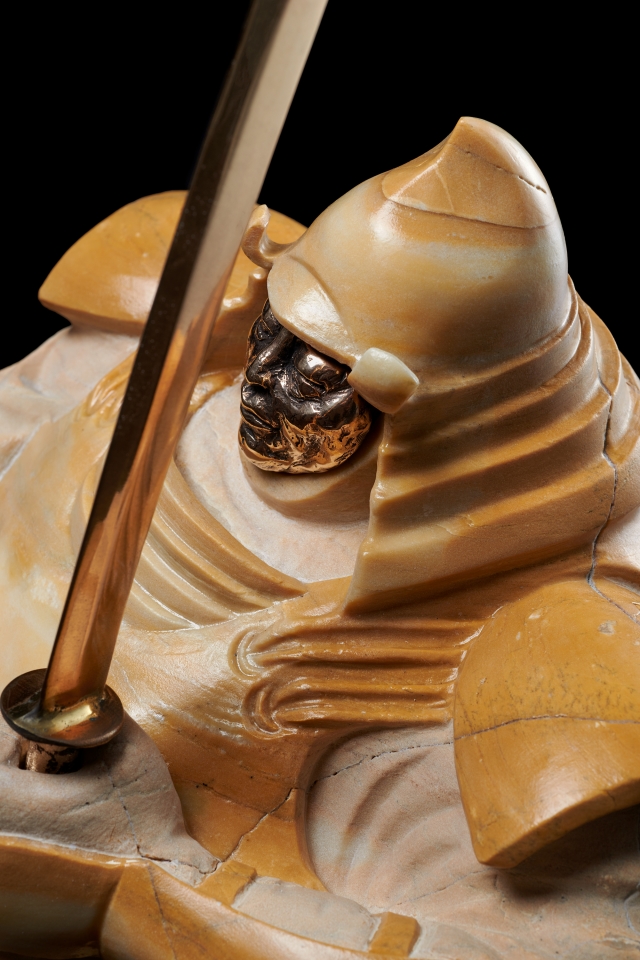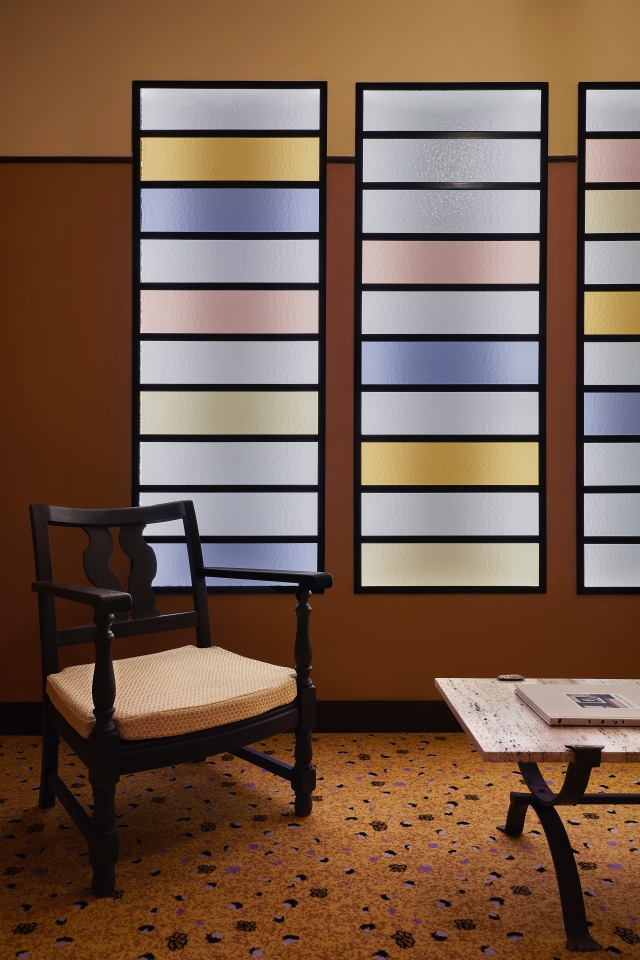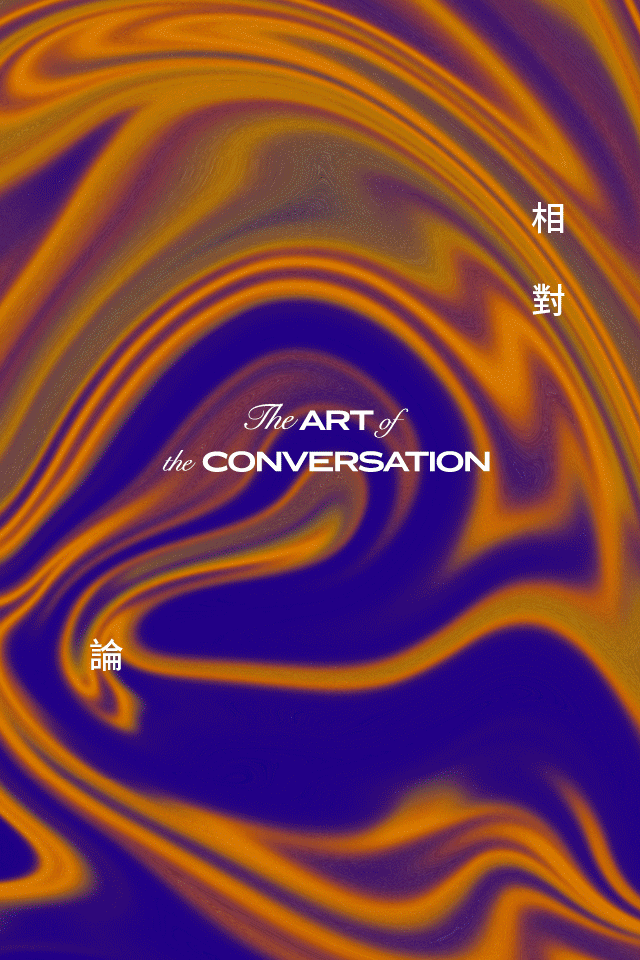Modum means balance, measurement, consideration and the middle way and the founders of Modum Atelier believe that good design can integrate the diversity of complex contradictions and present them in an interesting way through appropriate arrangements. Caring about every opportunity to write a good story, they look for opportunities for new communities in old communities, combining humanistic care in commercial projects, and integrating art into living.
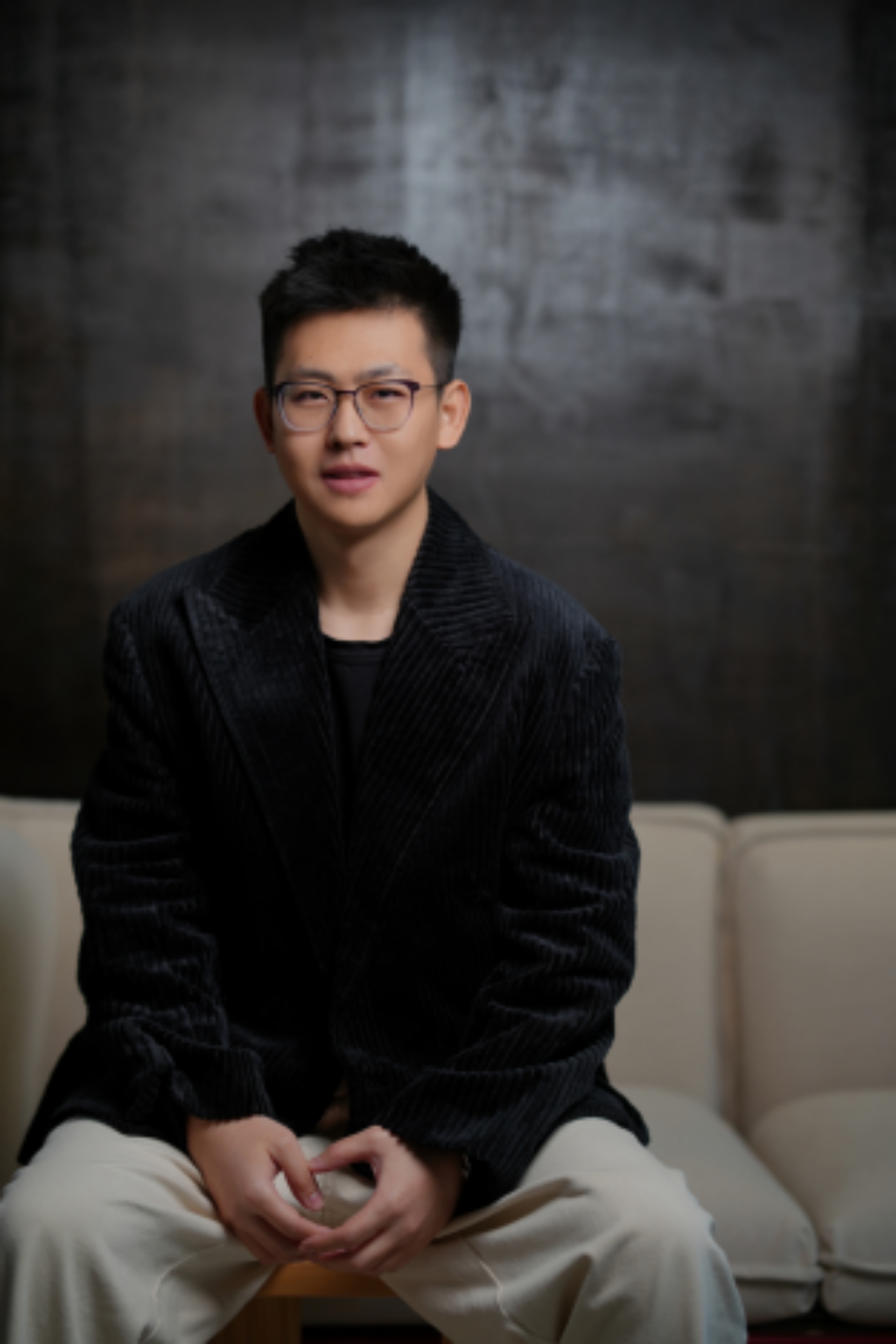
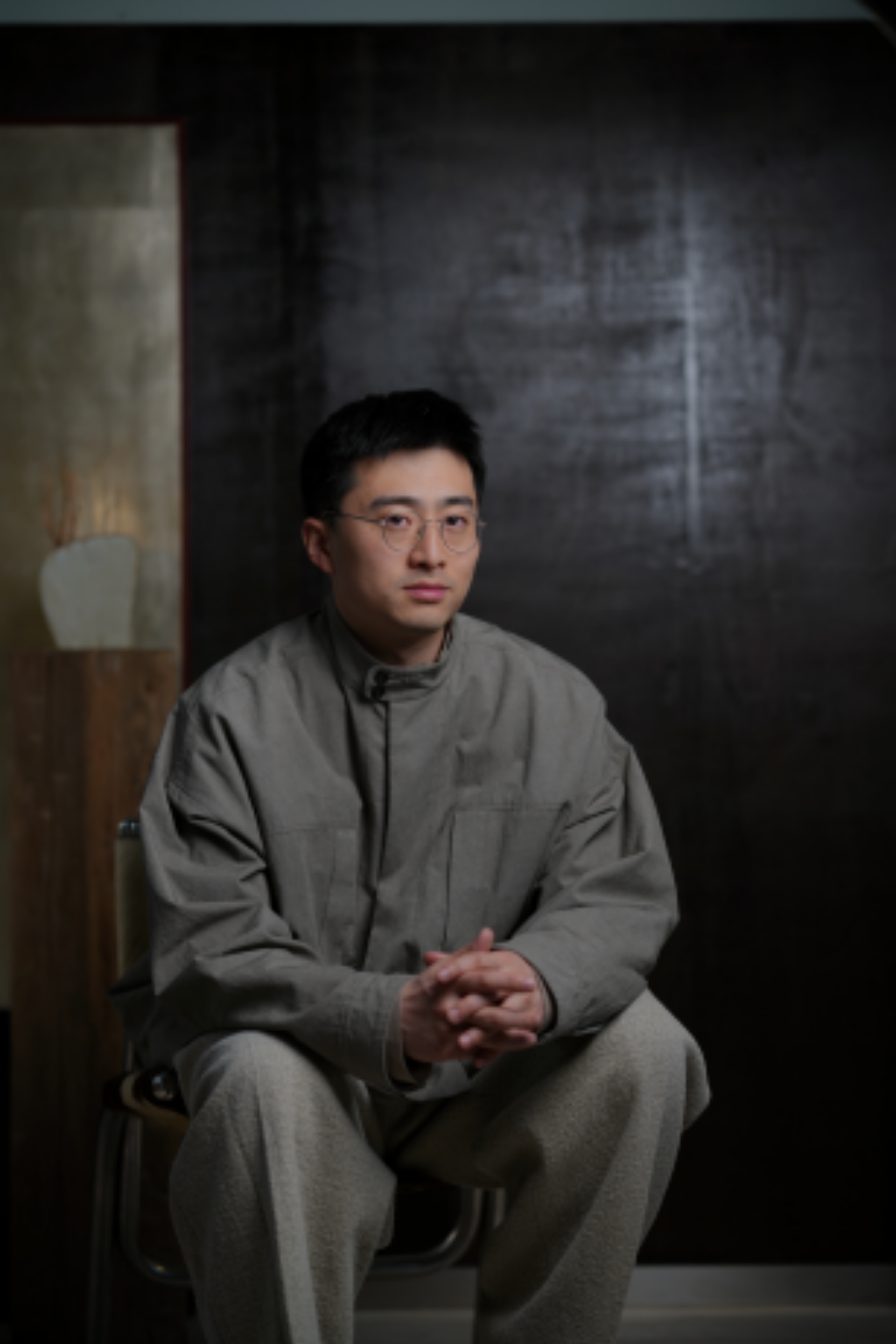
Co-founded by Zhou Ruizhe and Yang Junbo in 2020, Modum Atelier is an idea-driven design studio with practice areas covering architecture, interior, exhibition, space creation and furniture design. The studio is located in five locations across Milan, Chengdu, Nanjing, Guangzhou and Tianjin. Since its establishment, Modum Atelier has won many industry awards in the fields of architecture and interior design. They have also received widespread media attention and recognition, and published internationally. We connect with the creative visionaries to explore their journey in shaping inspiring, human-centered spaces.
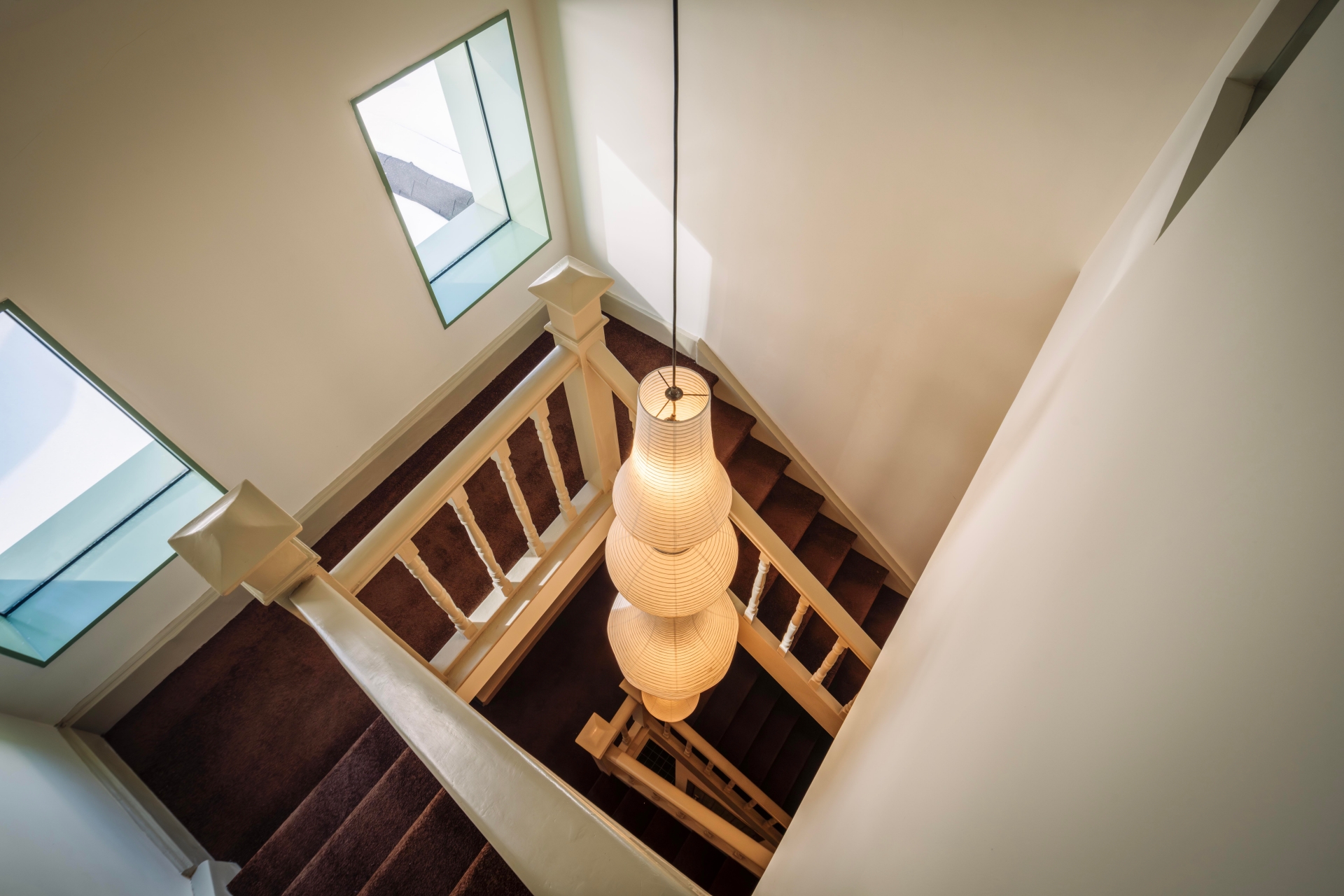
What is the founding story of Modum Atelier? What inspired you to start this firm?
Modum Atelier was founded in 2020, with its core philosophy centered around "Modum" - balance, measurement, and the fusion of diversity. We aim to explore the dialogue between the old and the new in urban renewal, such as integrating new communities into old neighborhoods or combining humanistic care in commercial projects. Our inspiration stems from a deep respect for historical context and observations of modern life, striving to transform contradictory elements into harmonious wholes through design.

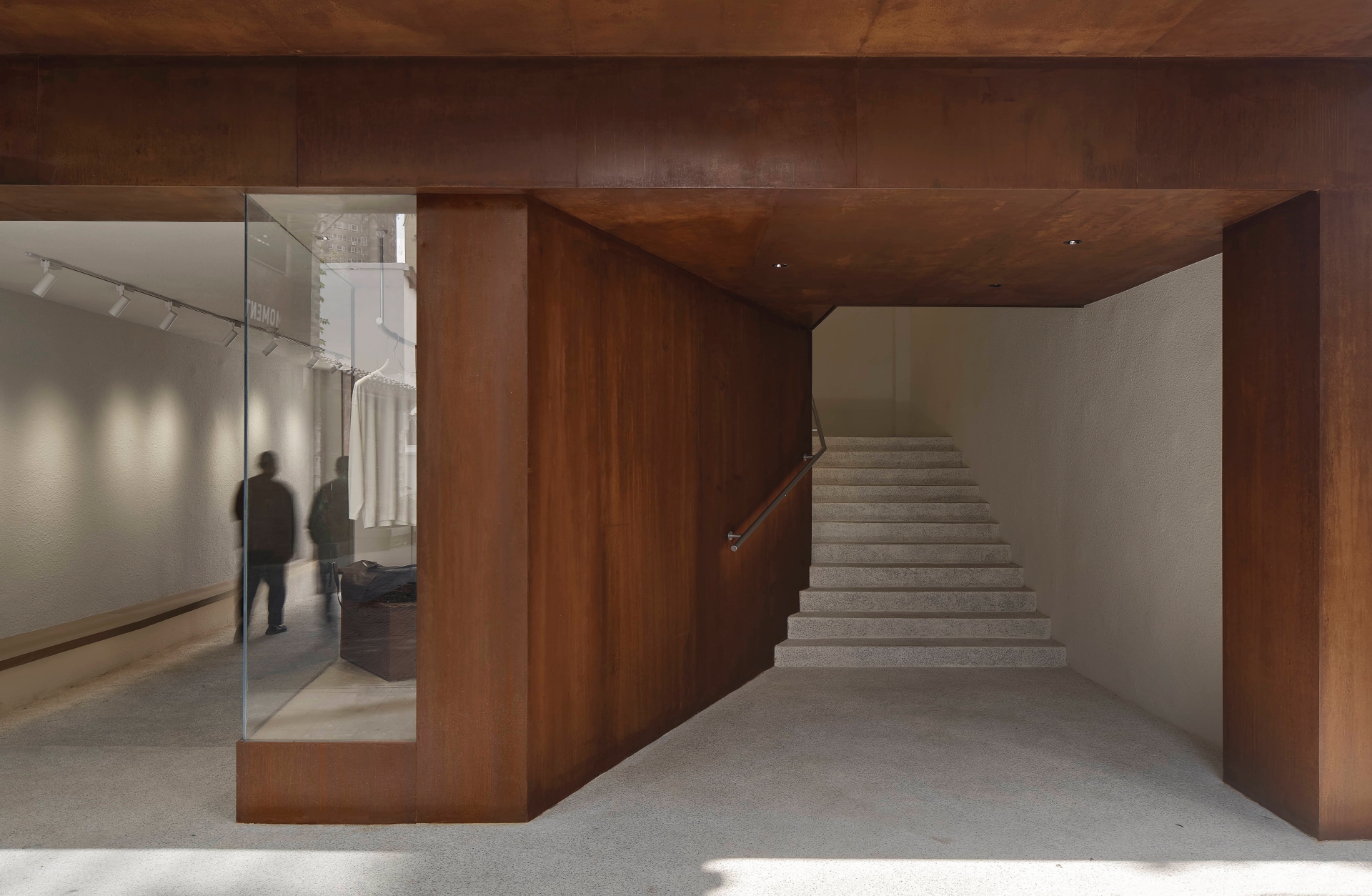
How has your background and experience influenced your approach to design and architecture?
Our practice emphasizes "adapting to local conditions" and "cultural eclecticism." This cross-cultural perspective is shaped by our educational and personal backgrounds, allowing us to retain local identity while incorporating international design language.
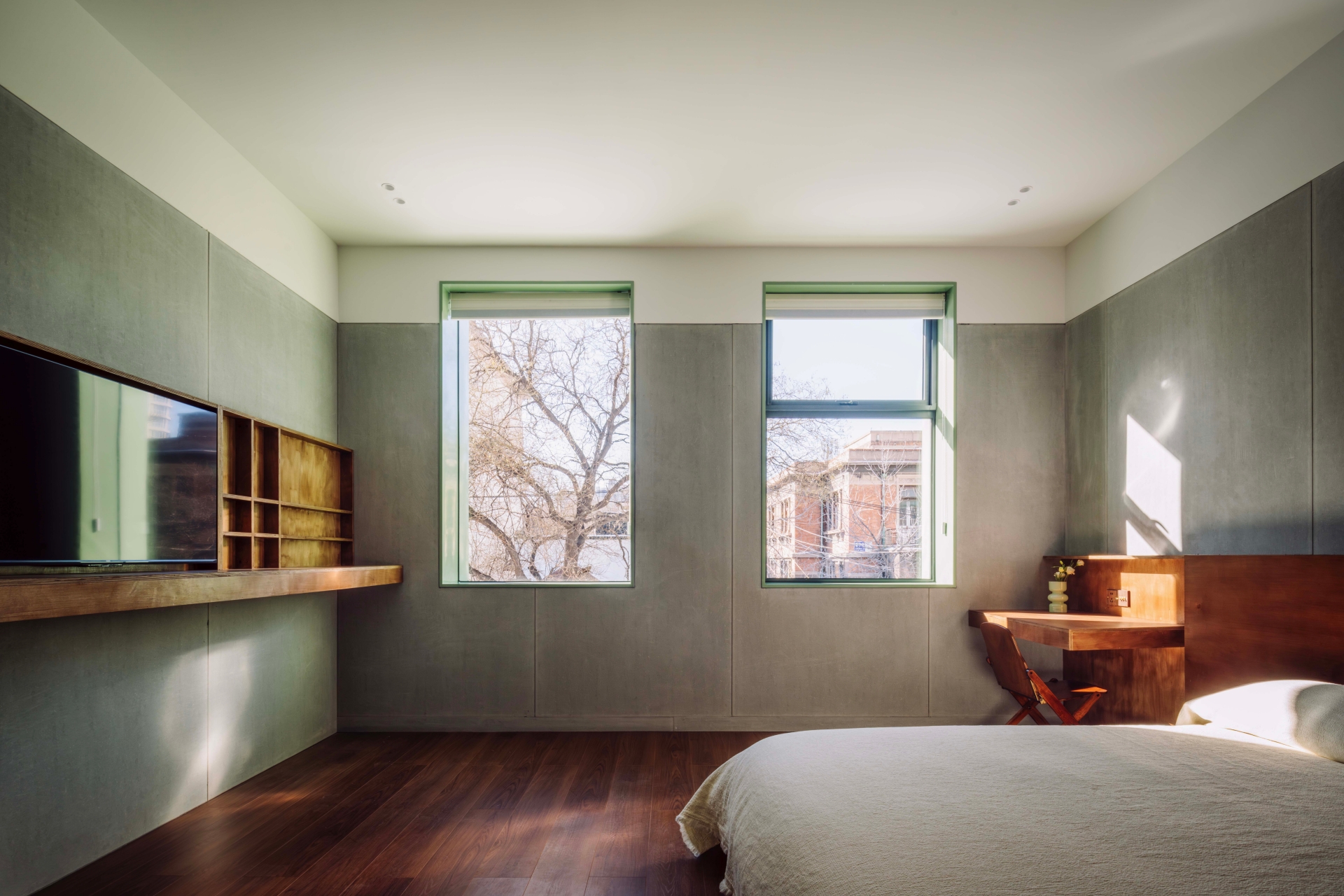
Walk us through your creative process when starting a new project?
When starting a new project, we begin with in-depth site research to understand the local culture and historical context. Next, we communicate with the client to grasp the brand identity and define the design concept. We then translate the concept into preliminary sketches, followed by multiple rounds of discussions and refinements to finalize the detailed design. The entire process emphasizes cross-disciplinary collaboration and on-site interaction to ensure every design detail conveys the brand story and cultural emotions.
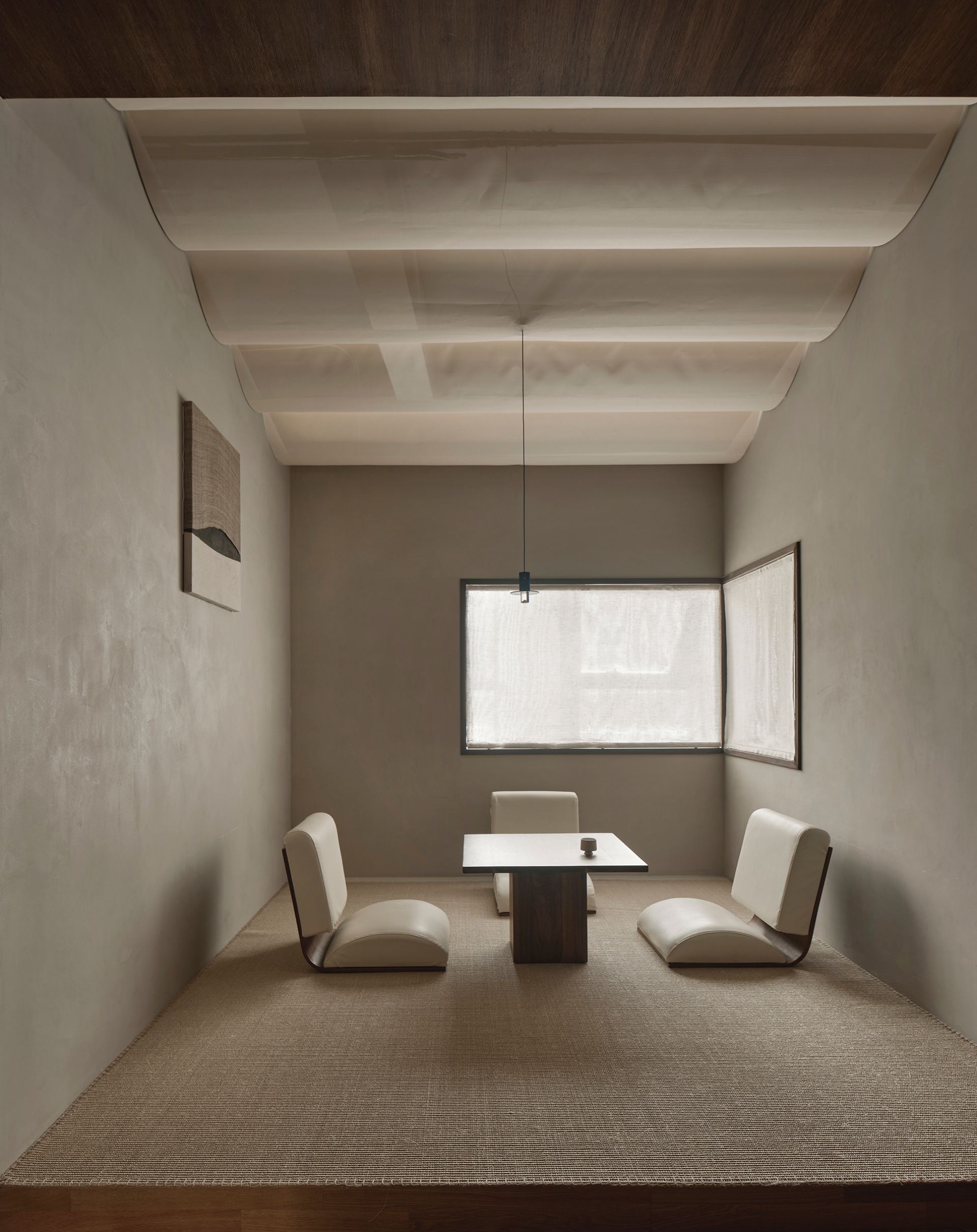
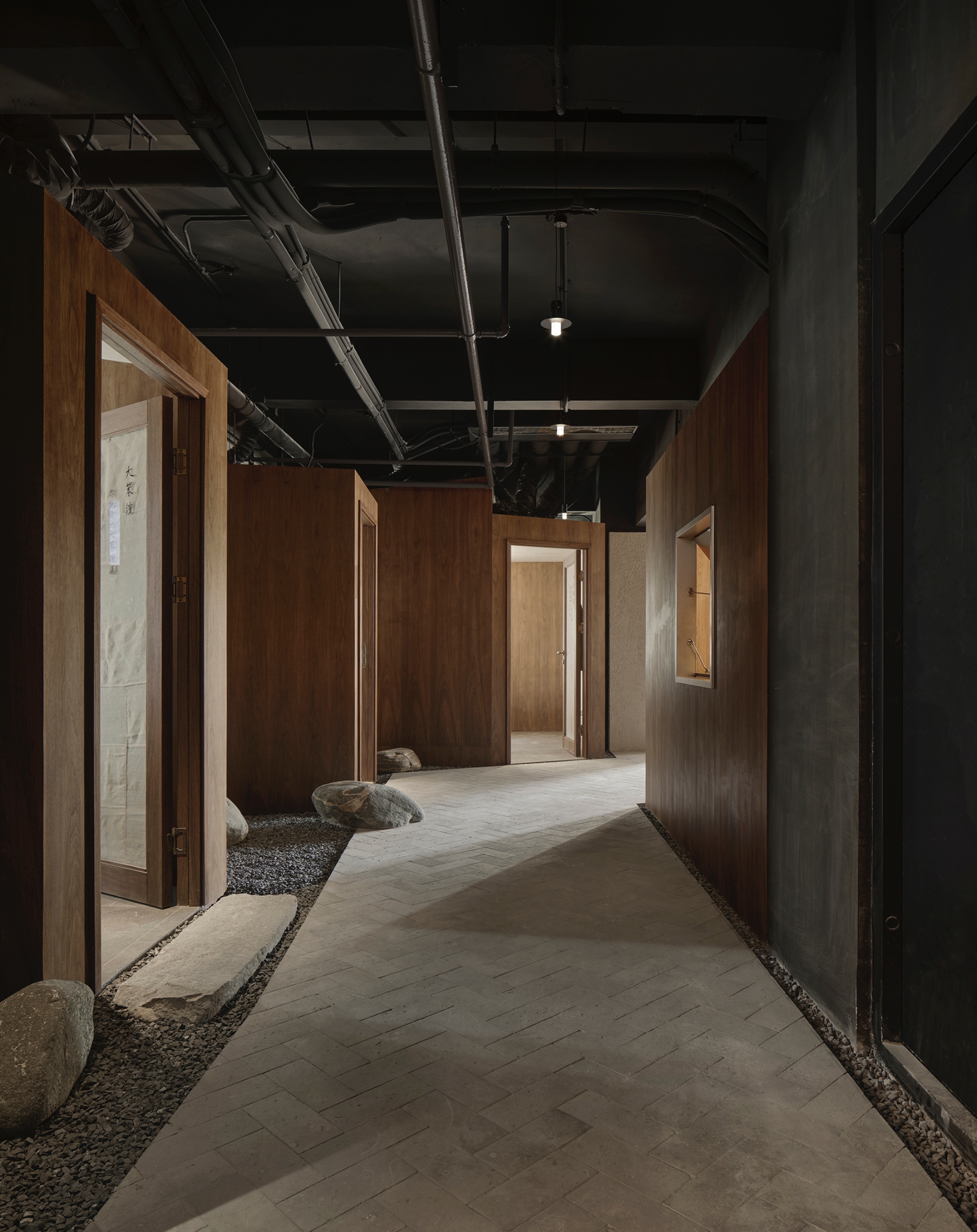
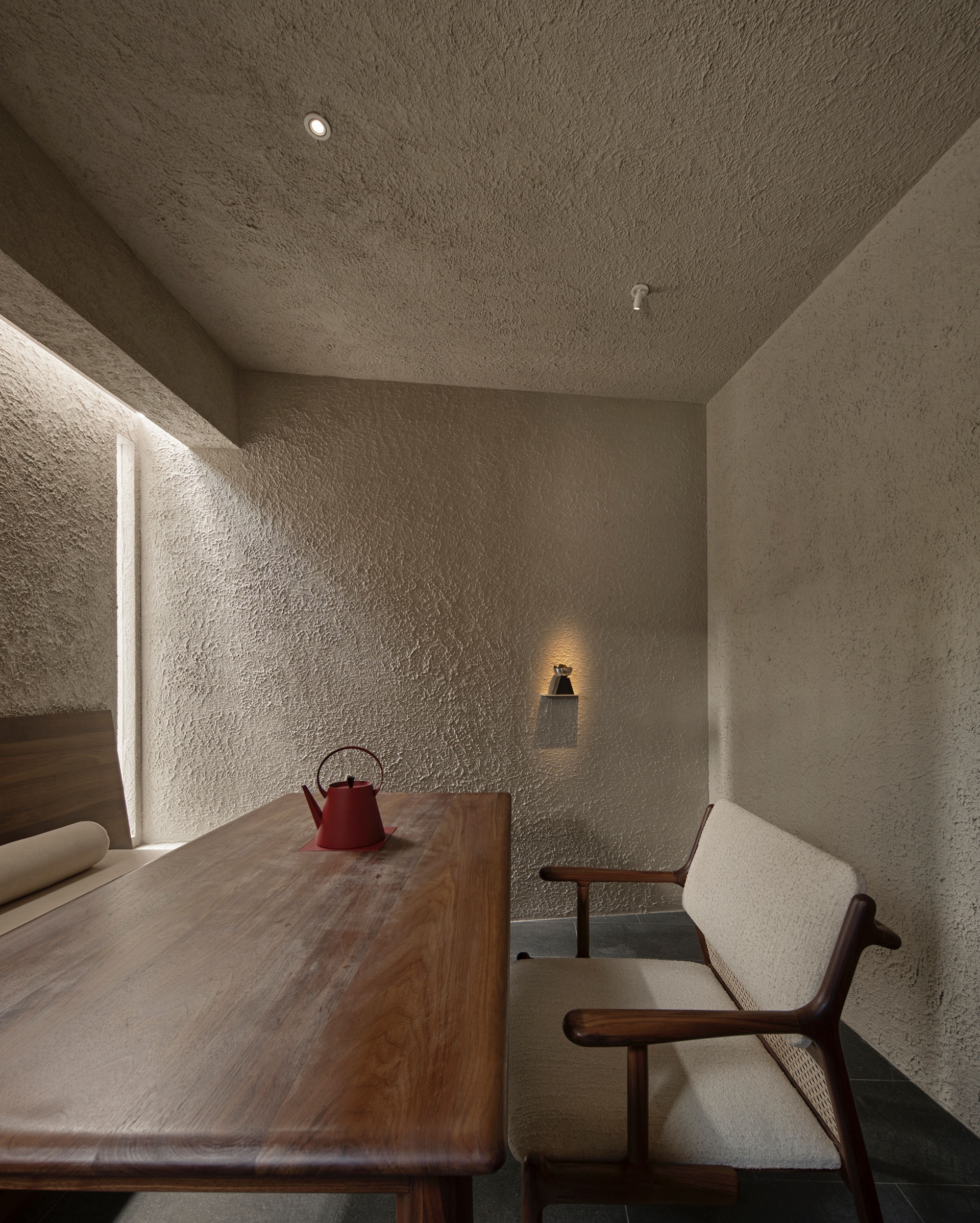
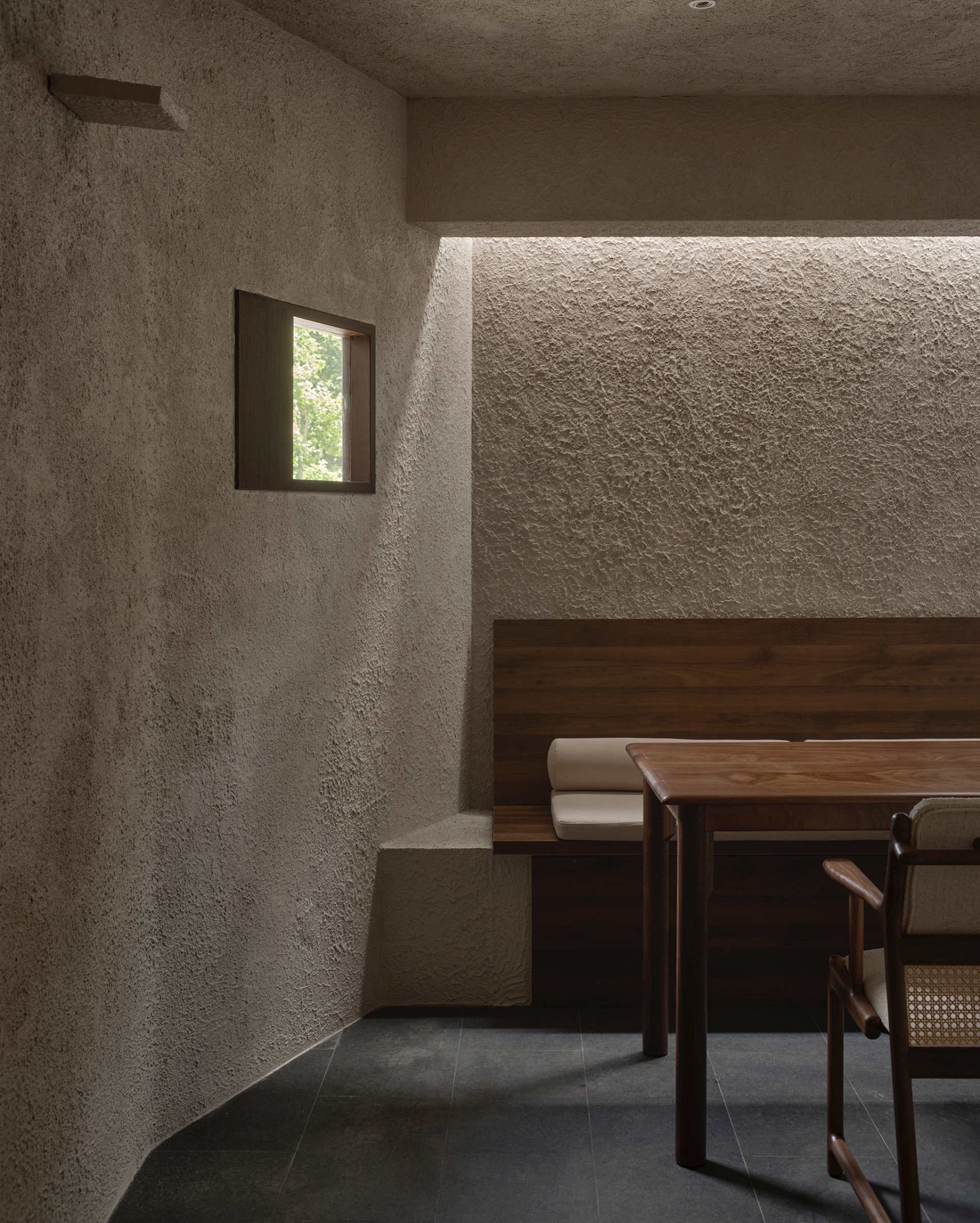
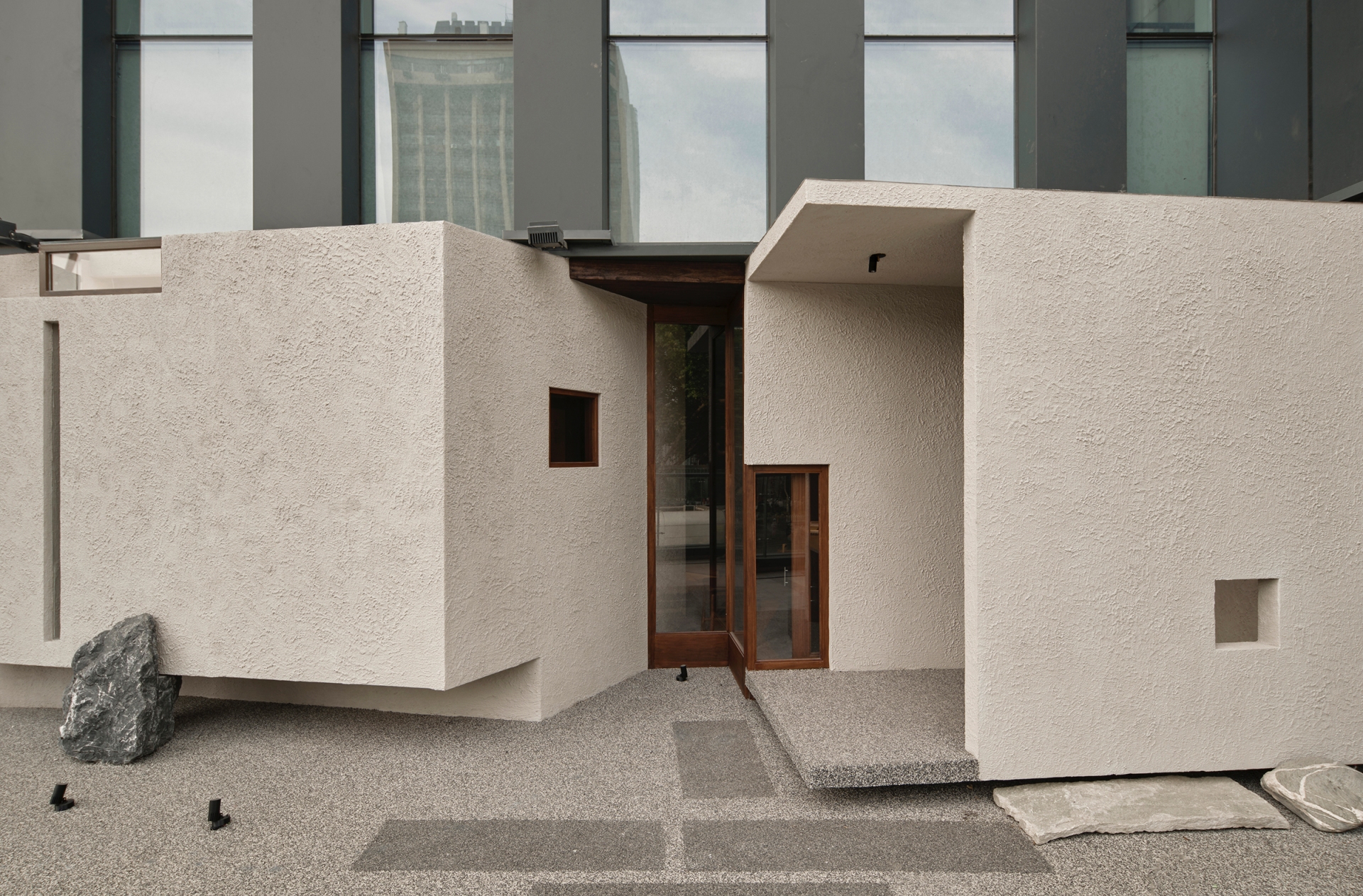
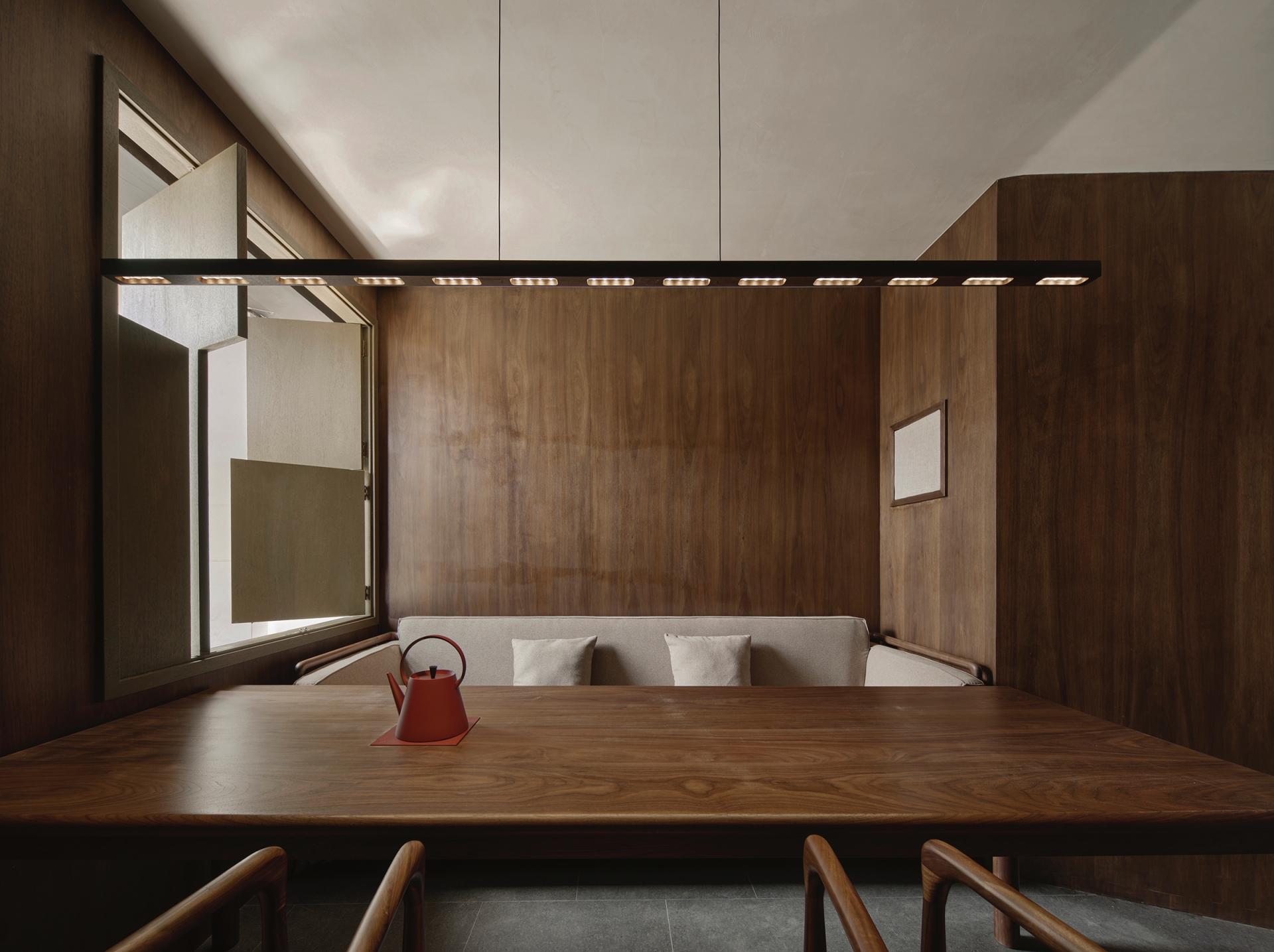
What are some of the key influences and inspirations behind your work?
Our core inspiration comes from a deep exploration of traditional culture and a keen insight into modern lifestyles. We strive to transform traditional art and architectural elements into modern design language, while drawing inspiration from exhibition spaces like art galleries to create spaces that are both narrative-driven and emotionally resonant. This philosophy of "cultural eclecticism" drives our continuous innovation.
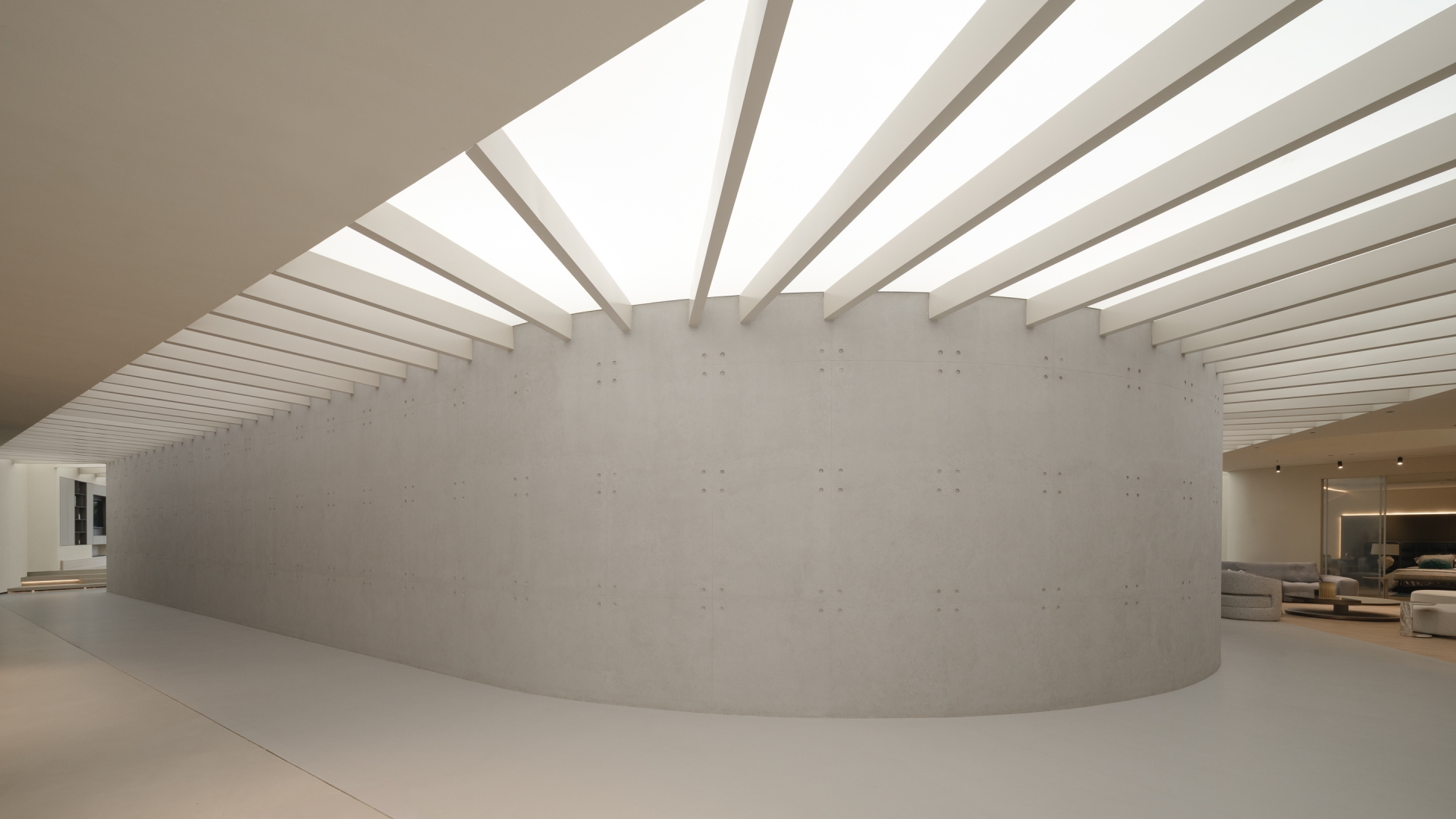
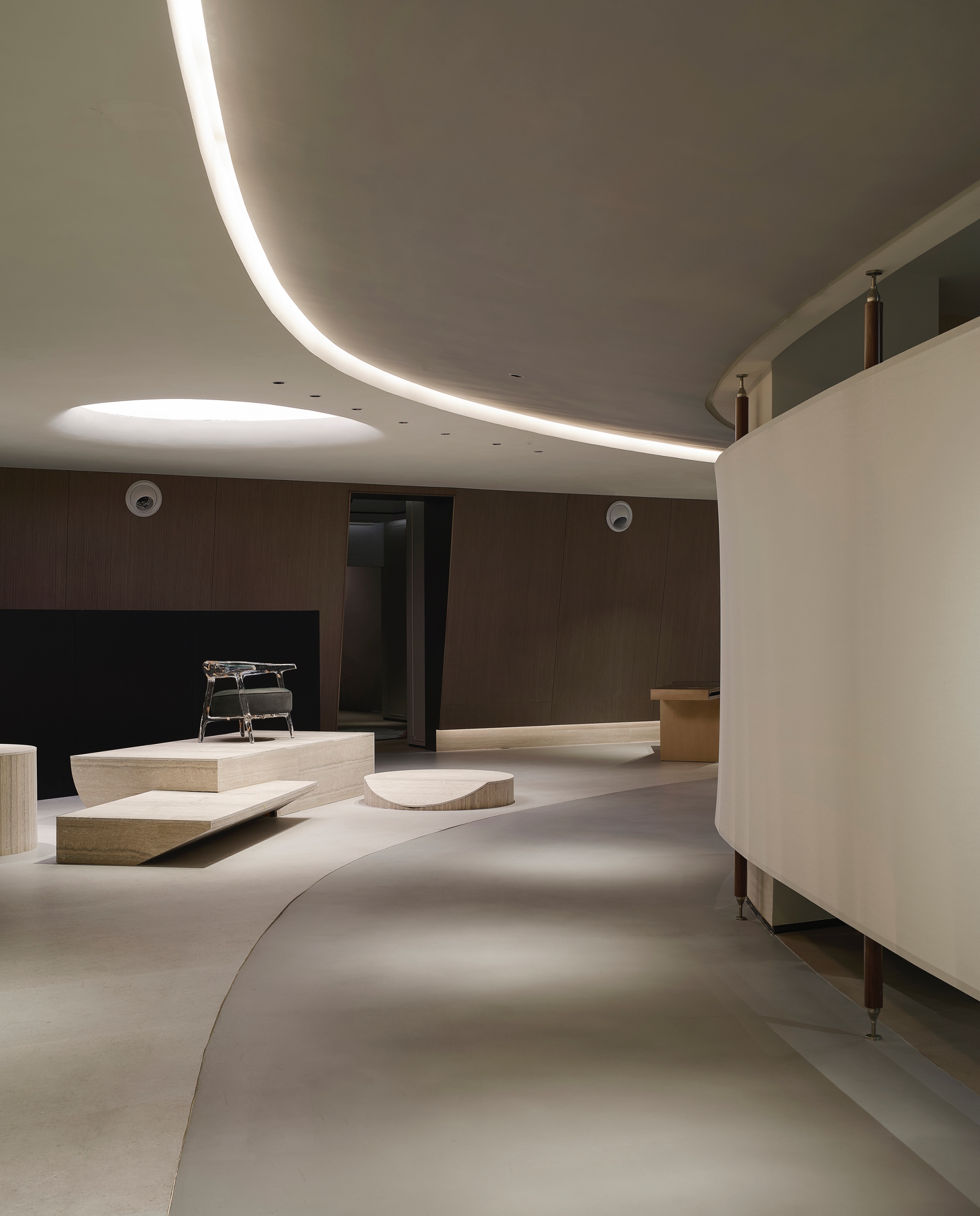
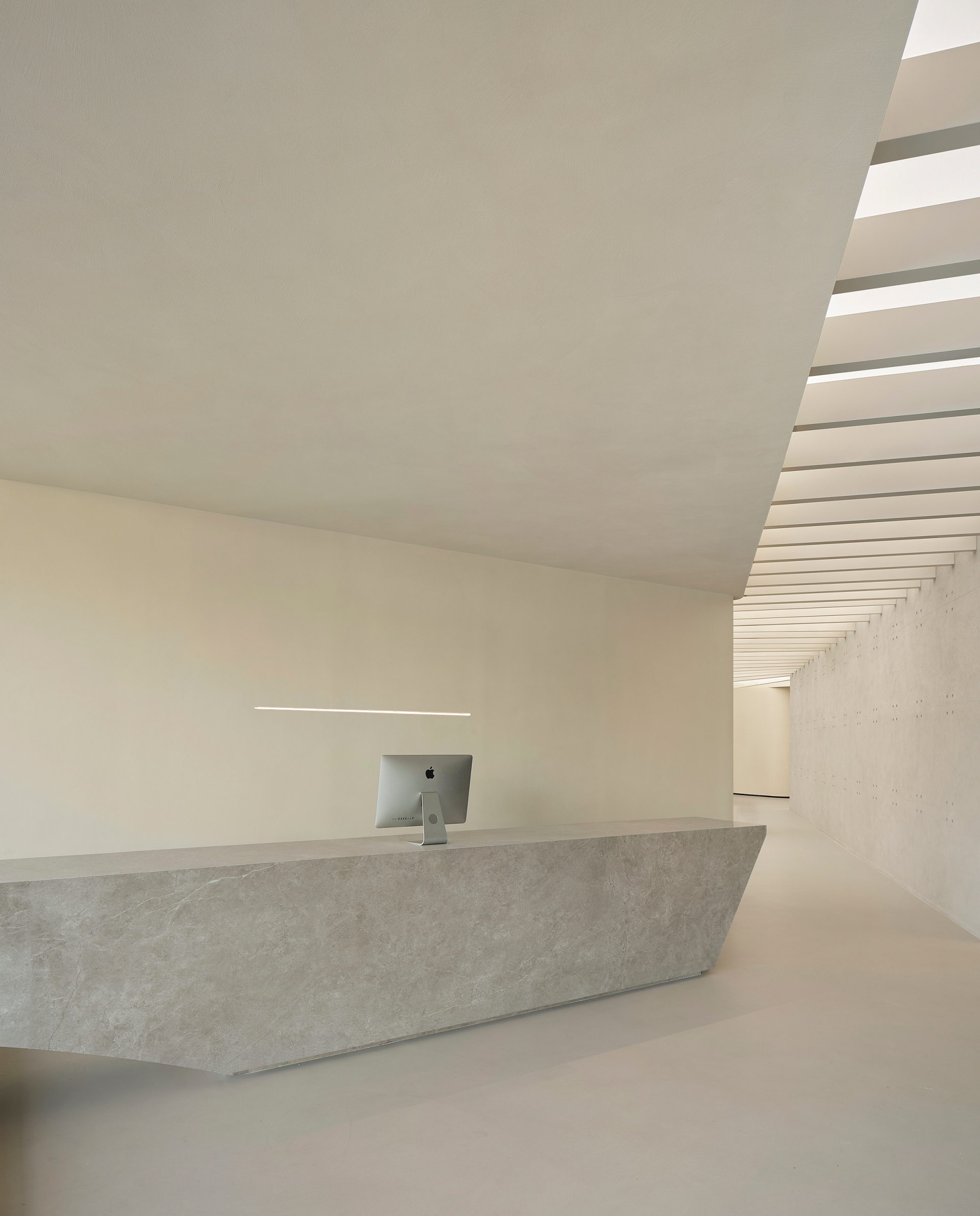
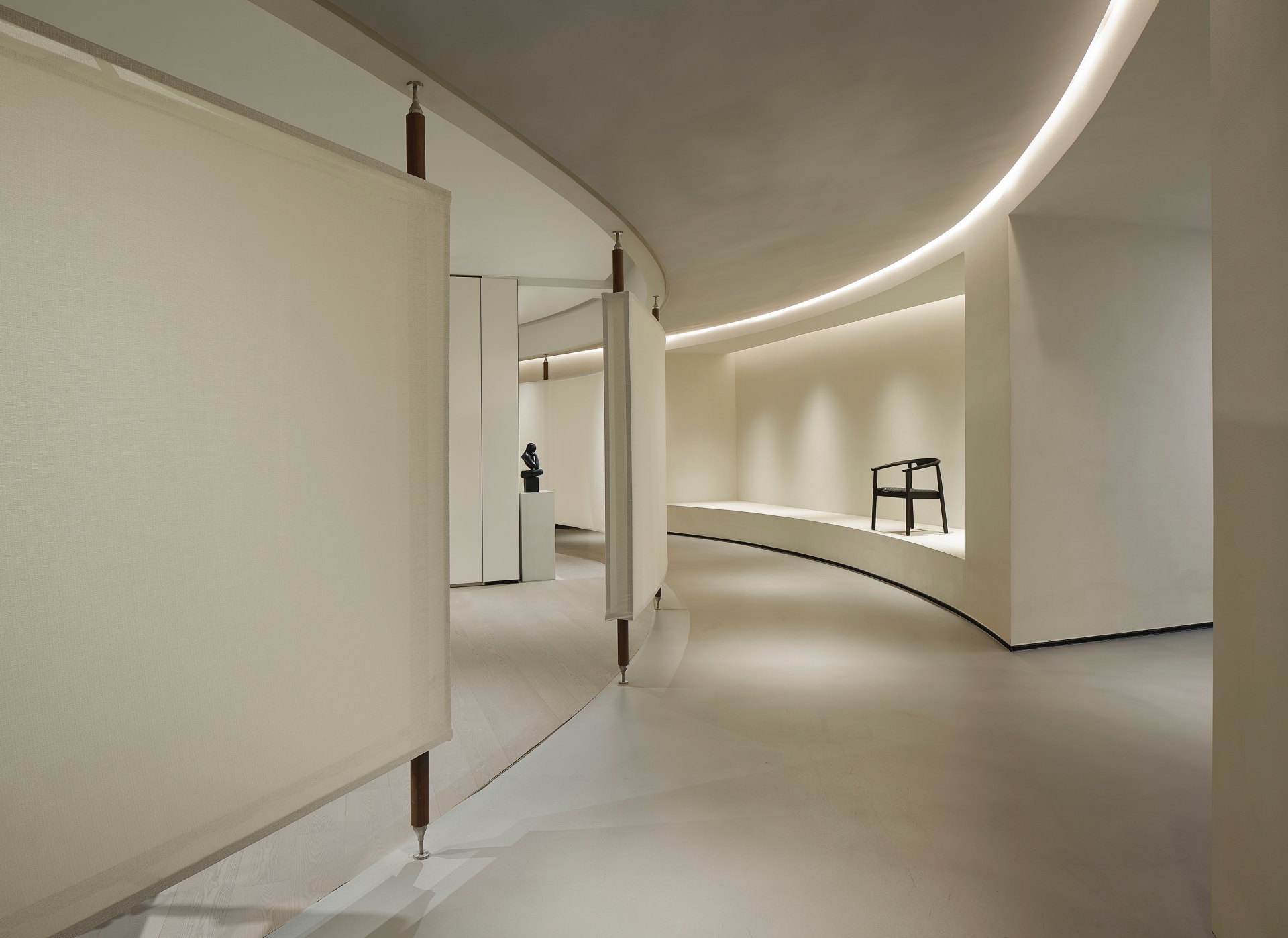
What project do you feel best represents the ethos of Modum Atelier?
A representative project of Modum Atelier is the Moment Boutique in Nanjing's Cinnalane. This project perfectly embodies Modum Atelier's design philosophy of "balance, measurement, and the fusion of diversity." It skillfully blends history and modernity, using contemporary design elements like weathering steel window frames and floor-to-ceiling windows to create a harmonious dialogue with traditional architecture. The project balances functionality and aesthetics, transforming a narrow space into an open corridor and using wooden pavilions and galleries to create an immersive shopping experience. Carefully selected materials such as weathering steel, washed stone, and natural wood veneer enhance the narrative quality of the space, preserving historical context while showcasing modern texture. Ultimately, it not only meets commercial needs but also serves as an important cultural vehicle for brand communication and urban renewal.
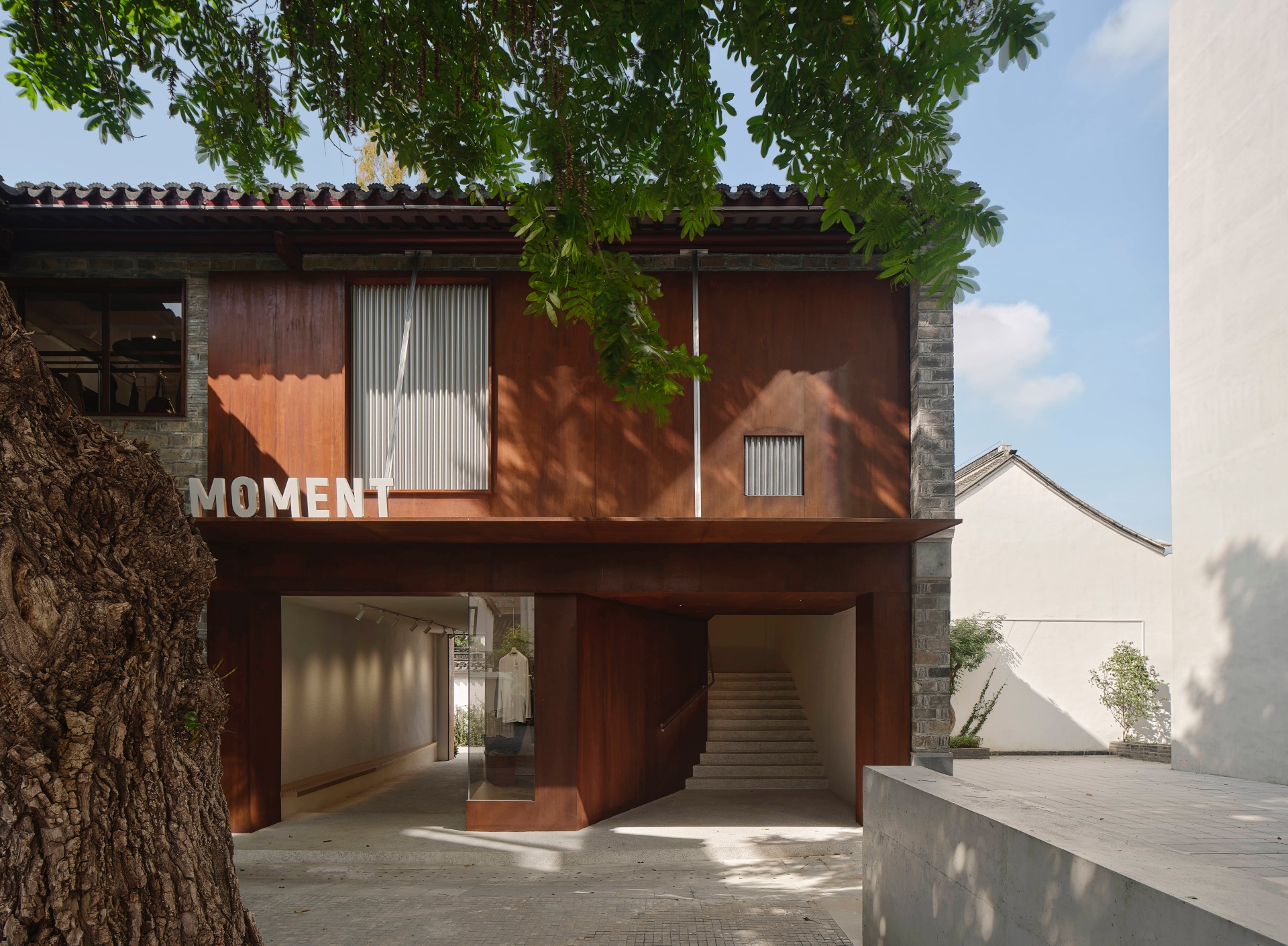

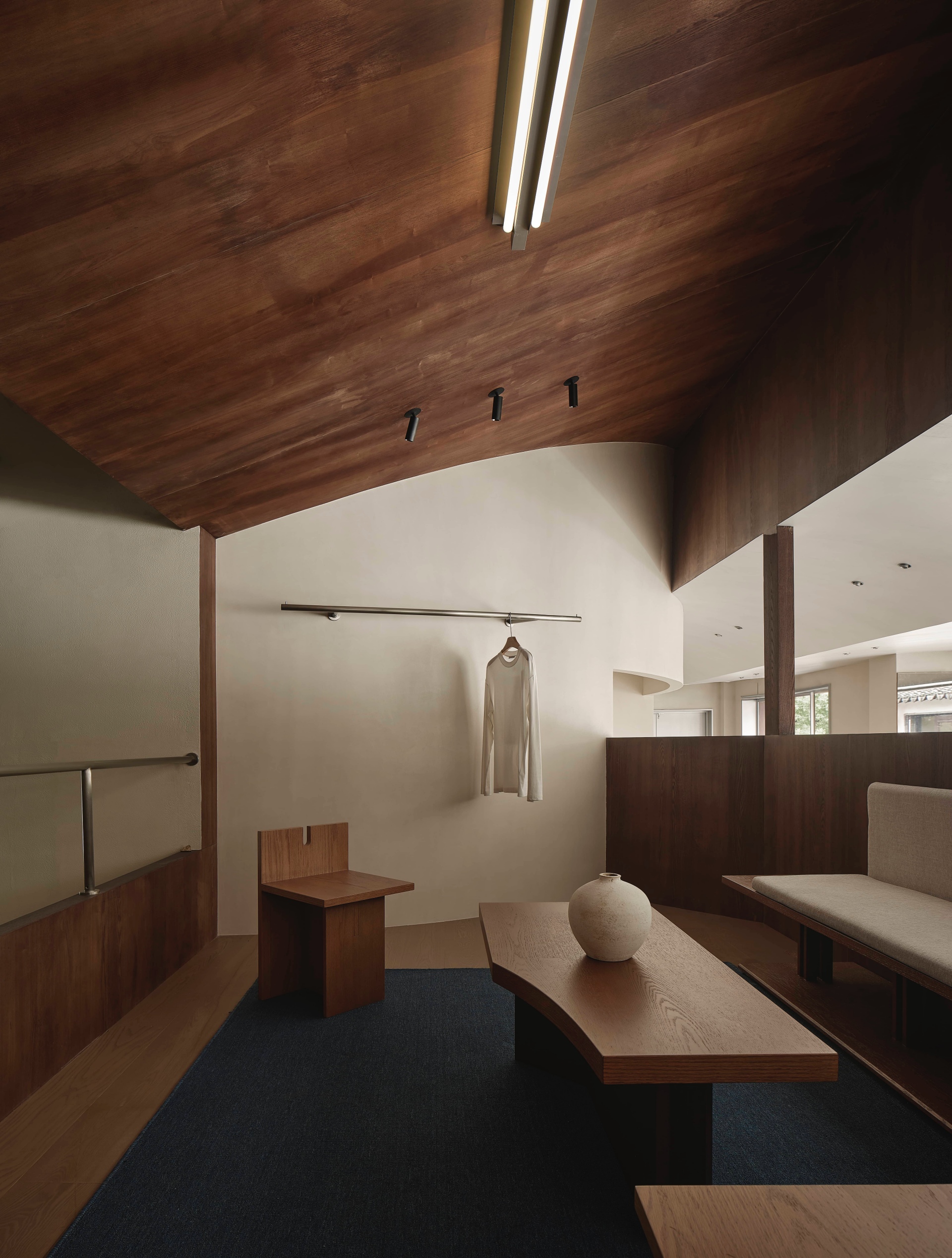
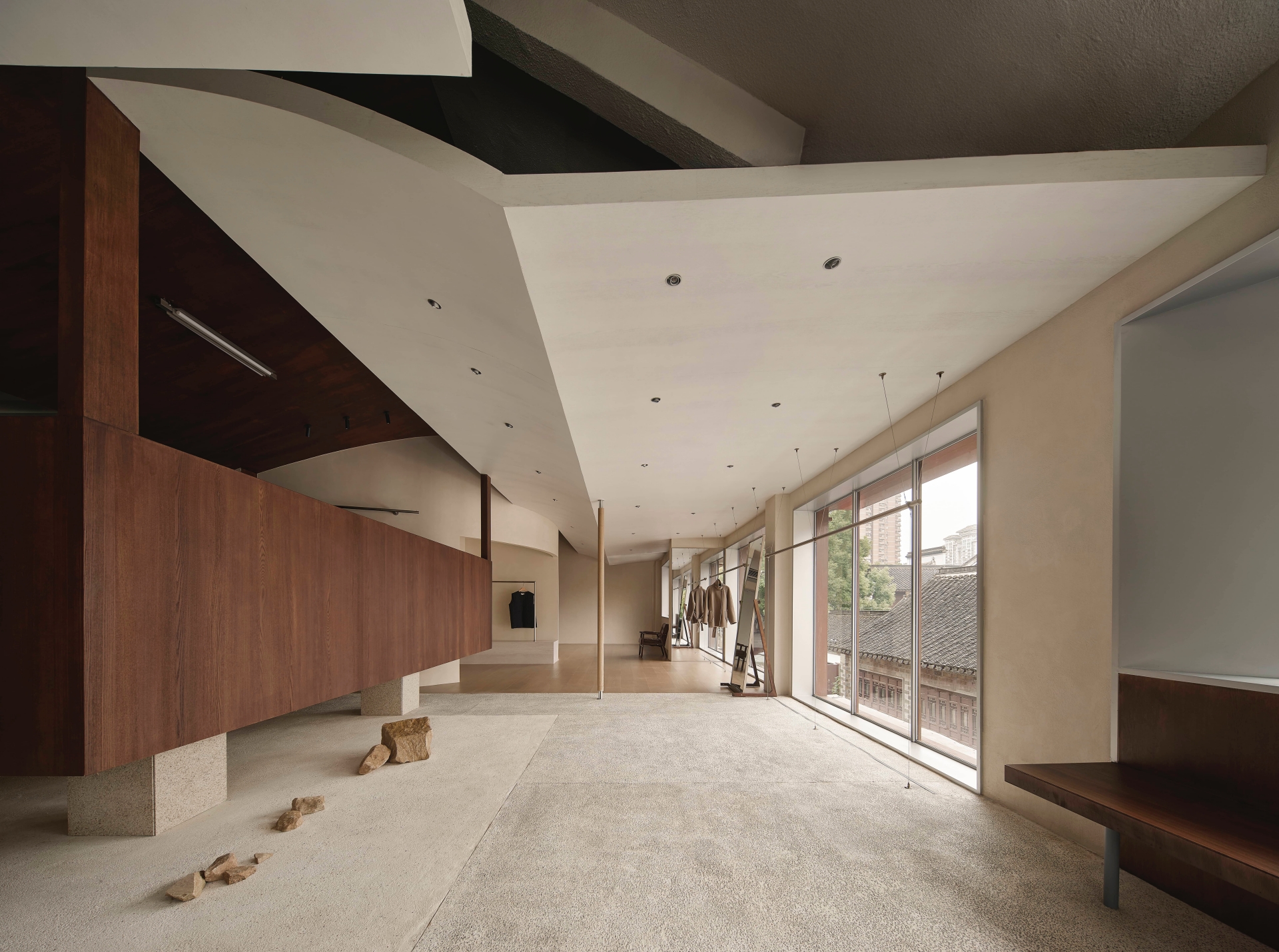
What are your goals for Modum Atelier in the next five years?
Over the next five years, we plan to continue our philosophy of "culturally eclectic modern Eastern aesthetics" while exploring more cross-disciplinary collaborations. We hope that through continuous innovation, each project can become a significant vehicle for brand communication and cultural experiences.

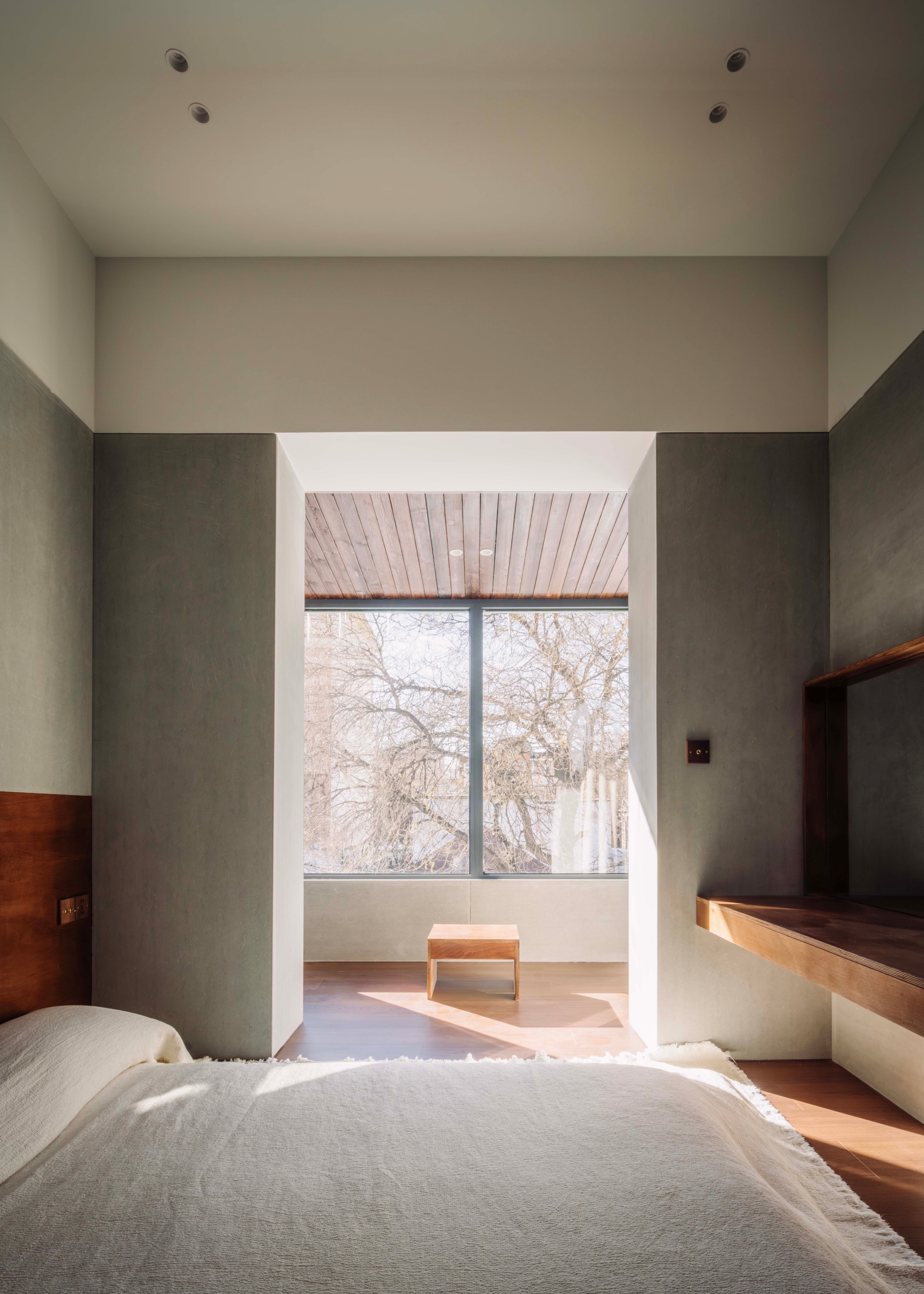
What advice would you give to aspiring architects and designers?
To young designers, my advice is to stay sensitive to life and culture, paying attention to the details where tradition and modernity intersect. Embrace cross-disciplinary thinking, dare to break conventions, and accumulate practical project experience while not neglecting self-reflection and methodological exploration. Design is not just a technical skill but a way of storytelling and conveying emotions. Finding your unique perspective is key to creating works that resonate deeply with others.
